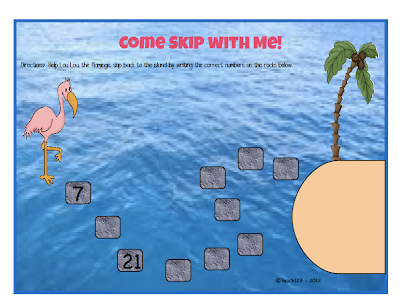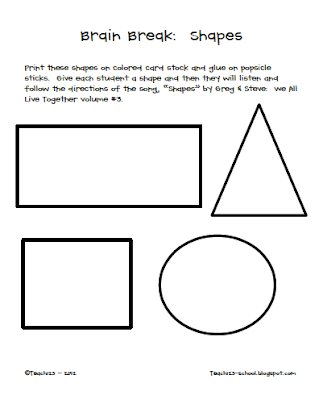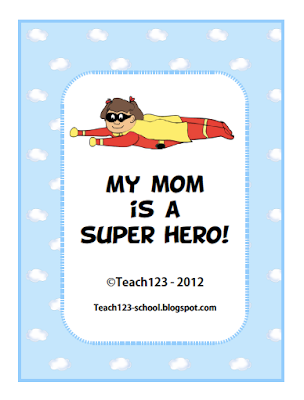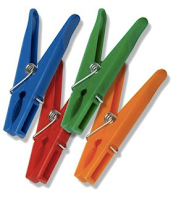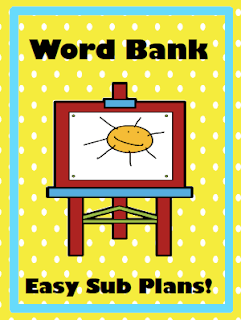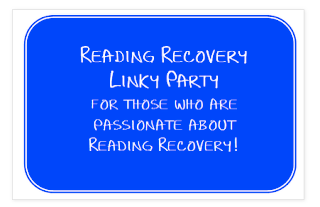Do you shop at Staples very often? I swear I should get a stipend for all the publicity I do for them. But, I love Staples, and I can't resist telling you about the great stuff they carry. On my latest trip, I bought these:
The package of small plastic containers was $2 and each of the bag of 36 erasers was $1.
Do you ever do this? Look at something like this at a store, and then try to come up with a lesson to use them with. I do that all the time! I think it's one of those inductive-deductive things. Some teachers probably begin with the lesson and then shop for supplies. I do reverse of that. Shopping inspires me!
I think these would be great in a graphing center. Students will choose a box that they want to use to graph. There are graphing templates and sorting sheets. Students need to sort the shapes first so they'll know which graphing sheet to use. Some boxes have 3 different shapes. The packages come with more than 3 shapes, but I only put 3 different ones in one of the boxes. Other boxes have different amounts of shapes which is why they need to sort first. After sorting, they will make a graph using the correct template. They need to write the title, number it, write the names of the shapes, and graph the amount of shapes that was in the box. They need to write the number of the box so you'll be able to grade their assignment.

This type of center has so many positives. It is quick and easy to set up. You can add a seasonal touch by adding seasonal objects such as: feathers in November, small ornaments in December, different colored hearts or conversation hearts in February, and the list goes on and on. If you are studying shapes in math, put attribute blocks in your graphing boxes.
I just finished revising this packet. If you previously purchased it, you may go to "my purchases" to download the new version for free.
I added some sorting and graphing forms with a royal theme. These would be a perfect addition to a fairy tale unit. I found the crown jewels (plastic rocks) and glittery box in the picture at Dollar Tree. The crown is from a Halloween store. I love these rocks because they are so versatile. Use orange and black ones for a Halloween sorting & graphing center. They come in a variety of colors.
There are colorful and black and white sorting sheets. Sorting and graphing pages come in: 2's (sort and graph two different objects), 3's, 4's, and 5's so you can differentiate. At the beginning of the year you will probably want to begin with sorting two objects and add more objects as your students become proficient at this skill.
There are two different assignments for your early finishers. Students can make patterns with the objects they graphed. Then they can write a story about the objects that they sorted.
Click
HERE to read more about this. Please download the preview file.






